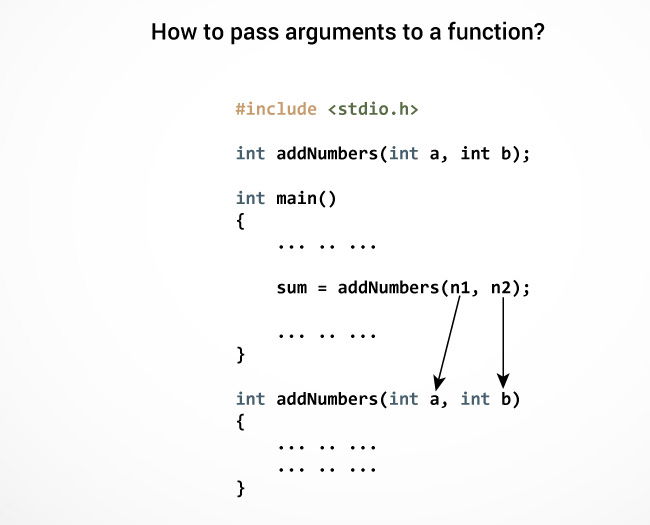


You can create the function once, store it in the database, and call it any number of times in your program. The return value can either be a single scalar value or a result set. Like functions in programming languages, SQL Server user-defined functions are routines that accept parameters, perform an action, such as a complex calculation, and return the result of that action as a value. You may have to create a better and more global way to make this accessible but that’s another season in another blog.Applies to: SQL Server Azure SQL Database Azure SQL Managed Instance SQL Endpoint in Microsoft Fabric Warehouse in Microsoft Fabric Just remember, that this function is stored in one database file and other Microsoft Access database files will also need to have access (and the file must remain open and available). You can also create a form, report or even a query and call this function like any built-in function in Access. Now type the following: ? Age(“”) and press the Enter key to see the answer. In the Visual Basic editor view (where you have just created your custom function), press Ctrl + G to open the Immediate window (if not already opened). Save you changes and now you can test this out.
WITH NEW USERDEFINED FUNCTIONS MICROSOFT EXCEL CODE
Now, add the following code in between the two new lines: Age = Int((Date – DOB)/365.25)which will return a single (whole value – hence Integer) representing the number of years for a date entered.This will automatically add the closing signature End Function below it. Now, to create a function called Age where you will supply a valid date-of-birth value (as a date/time value as its parameter), you create a signature: Public Function Age(DOB as Date) as Integer.Optionally (and recommended), If the two keywords ‘ Option Explicit’ do not appear at the top of the module, then type it into the module (below way it should say Option CompareDatabase).I would give it a meaningful name like ‘Custom Functions’ and save your module something like ‘mod_CustomFunctions’.If you are new to this, take a quick look at the tools here. First, you need to add a module where your code is to be stored and then called.The steps may be really easy, but the coding is the challenge (for the non-programmer though). UDF’s (stands for User Defined Functions) is the term referred as custom-built functions and can be applied to most versions as far back Access 97 (yep, last century!). If Access doesn’t have the function,then you need to build a custom one. So, you need to rely on some (but basic) VBA code to come to the rescue. Access’s built-in functions have to be compatible with SQL, which it turn, can limit its calculating power. Queries are written in a standard language called SQL (Structured Query Language) which is used by all database programs. With Access, this normally meansworking with queries. If you stick to and use Access’s primary applicational feature of data-managementeven though it doesalso have a sizeable collection of functions, you still would be better off using functions that belong to MS Access and not have to rely on any external appellations to support it. Why Build Microsoft Access Custom Functions? MS Access seems a little short on the richness with regards to the calculating power, defaulting back to using Exceland leaving Access to get on with what it does best – storing and the retrieval of data.ĭid you know that you can actually use Excel functions in your Access database? With a little bit of VBA code, you can by setting a reference to the spreadsheet application. However, you will have noticed that this is not the case. Being also a seasoned MS Excel user (I guess, just like you), you’d expect Microsoft Access database functions to provide just a rich level of pre-defined functions one could adopt.


 0 kommentar(er)
0 kommentar(er)
